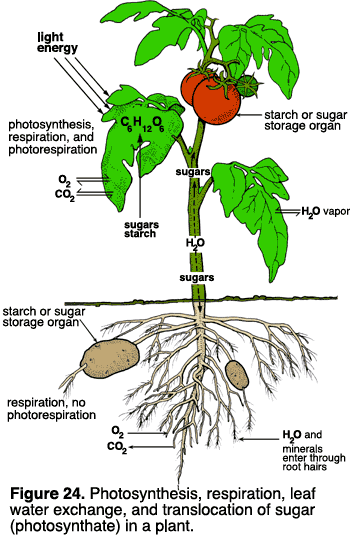To get enough needles and twigs of coniferous trees I had in October / November contacted the management forestry unit Langstraat / Chaam (Staatsbosbeheer). I was allowed on a small scale saplings, which arise spontaneously in places where it ultimately is not desirable, to use to distill.
The huge forest under the Forestry Management Unit is approximately 8 square kilometers and lies south and west of Gilze. It stretches from Ulvenhout / Breda in the west to in the east the village Alphen.
| wandelroute Chaamse bossen |
This continuous forest was created in the sixteenth century with the construction of the Mastbos by Count Hendrik III of Nassau. At the end of the nineteenth century, the government gave the order to reforestation of large tracts of sandy heathland and the Chaamse forests arose.
I needed a saw and a pruner to cut the branches and trunk into smaller pieces. What remained was a small stump of a young pine tree.
The distillation took a little longer because of the low (outside) temperature. It was about 6 degrees Celsius. This temperature is not suitable for distilling. This appeared in the beginning.
Becaus of the low outside temperature, the steam and the oil particles were rapidly cooled.
The cooling water in the bucket was at the time the distillation started about 5 degrees Celsius.
In the steam distillation of essential oil it is particularly important that you cool down steam and oil particles gradually to about 40-50 degrees Celsius.
The result is the 'shock' of the oil. The oil forms a greasy film on the wall of the funnel and can no longer be proper separated of the hydrosol (water layer). This was as you call it a learning moment! It was only possible to separate 1 mL in a bottle. The cooling water in the bucket was at the time the distillation started about 5 degrees Celsius.
In the steam distillation of essential oil it is particularly important that you cool down steam and oil particles gradually to about 40-50 degrees Celsius.

 |
| alpha-pineen |
 |
| L-limoneeen |
The pine oil smelled nice but still different than the spruce oil I had made in October.
Fir needle oil contains more L-limonene than pinene which makes it smell like citrus. Pine Needle Oil is the opposite, it is dominated by the increased concentration of the odor pinene.
Pine oil has a lot of medicinal effects, if you want to know more about it click on : http://www.gielenaroma.nl/index.php?page=nederlands---latijn-d
For me at least enough to distill pine needles once more at higher temperatures in spring!
Fir needle oil contains more L-limonene than pinene which makes it smell like citrus. Pine Needle Oil is the opposite, it is dominated by the increased concentration of the odor pinene.
Pine oil has a lot of medicinal effects, if you want to know more about it click on : http://www.gielenaroma.nl/index.php?page=nederlands---latijn-d
For me at least enough to distill pine needles once more at higher temperatures in spring!
































